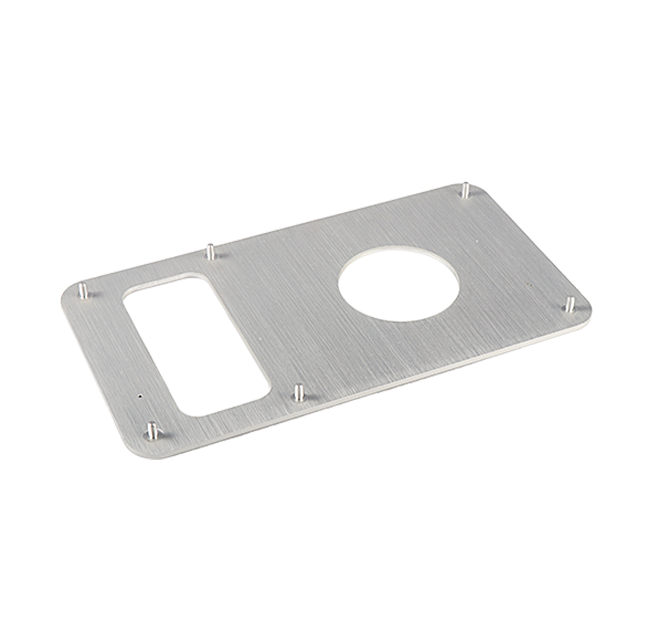Time:2025-06-10 Views:0 source:CNC Machining customization source:CNC Machining news

Maintaining high precision in CNC processing is vital for producing parts that meet strict dimensional and quality requirements. Several key technical points need to be focused on to ensure accurate and consistent machining results.
Machine Tool Accuracy and Calibration
The accuracy of the CNC machine tool itself is the starting point for precision control. The linear motion accuracy of the axes, such as positioning accuracy and repeatability, directly affects the dimensions of the machined parts. Regular calibration of the machine tool is necessary to correct any deviations that may occur over time due to factors like wear, thermal expansion, or mechanical shock. Laser interferometers and ball - bar testers are commonly used calibration tools. A laser interferometer can measure the linear positioning accuracy of the axes with high precision, while a ball - bar tester can detect errors in circular interpolation. By regularly calibrating the machine tool, any inaccuracies can be identified and compensated for, ensuring that the machine maintains its precision.
Tool Path Planning and Compensation
Precise tool path planning is essential for achieving accurate part geometry. Computer - aided manufacturing (CAM) software is used to generate the tool paths based on the part design. However, factors such as tool wear, machine compliance, and backlash can cause deviations from the intended tool path. To address this, tool compensation techniques are employed. There are two main types of compensation: cutter radius compensation and length compensation. Cutter radius compensation adjusts the tool path to account for the actual radius of the cutting tool, ensuring that the final part dimensions match the design. Length compensation, on the other hand, compensates for changes in the tool length due to wear or replacement, maintaining the correct depth of cut. By accurately implementing these compensation methods, the precision of the machining process can be significantly improved.
Thermal Management
Thermal effects can have a substantial impact on CNC processing precision. During machining, heat is generated due to friction between the tool and the workpiece, as well as from the machine's motors and other components. This heat can cause thermal expansion of the machine structure and the workpiece, leading to dimensional errors. To manage thermal effects, machine tools are often equipped with cooling systems, such as coolant pumps and spindle chillers, to remove heat from critical components. Additionally, proper selection of cutting parameters can help reduce heat generation. For example, using a lower cutting speed and a higher feed rate can sometimes decrease the heat generated during machining. Monitoring the temperature of the machine and the workpiece during the machining process and implementing thermal compensation algorithms can further enhance precision by adjusting the tool path based on temperature changes.
Vibration and Noise Control
Vibration and noise during CNC processing can also affect precision. Vibration can cause tool deflection, resulting in poor surface finish and dimensional inaccuracies. Sources of vibration include unbalanced cutting forces, resonance of the machine structure, and improper workholding. To control vibration, the machine's structure should be designed for rigidity, and proper tool selection and cutting parameter adjustment can help balance the cutting forces. Using vibration - damping materials and fixtures can also reduce the transmission of vibrations. Noise control is not only important for the working environment but also related to precision. Excessive noise may indicate abnormal machining conditions, such as tool wear or improper lubrication, which should be addressed promptly to maintain precision.
precise control of CNC processing requires attention to multiple technical key points, including machine tool accuracy, tool path planning, thermal management, and vibration control. By effectively managing these aspects, manufacturers can produce high - precision parts that meet the stringent requirements of modern manufacturing.
Read recommendations:
Sealing ring Precision electronic parts
Housing components for recessed downlights Precision electronic parts
Oval Magnetic Hardware Precision electronic parts
CNC Machining Dimension Accuracy
CNC processing factory - Meeting customers' strict requirements for precision